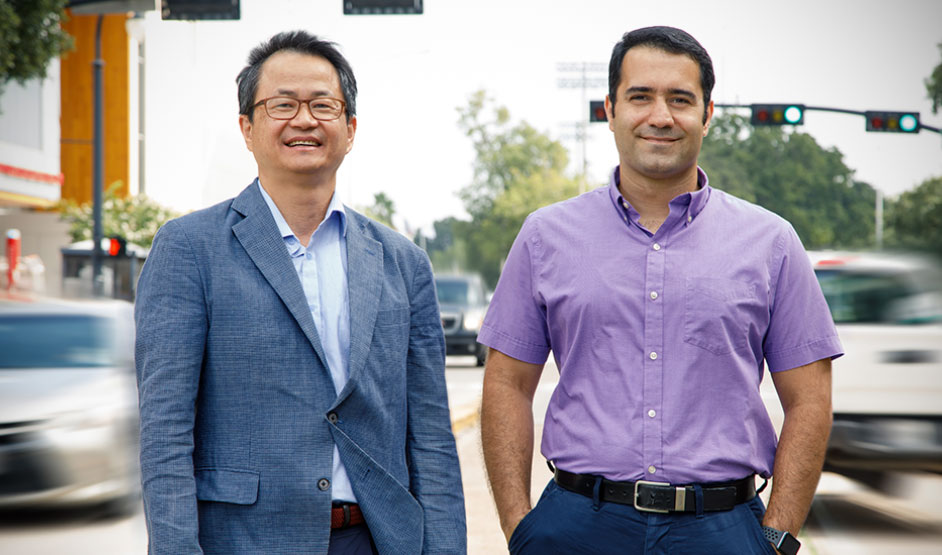Four Scenarios Examined for City’s Growing Population
Researchers from the University of Houston’s College of Natural Sciences and Mathematics released a study which estimates the impact of reducing car-related air pollution by 2040. In this study, they quantified the health and economic impacts by modeling various scenarios such as increasing car emission standards and the percentage of electric vehicles.

Houston Population Expected to Grow 50% by 2040
By 2040, population within the Houston Metropolitan Area is estimated to grow by 50%. With this growth will come increased traffic, as well as increased air pollution from car emissions.
“Future plans for the city need to consider the human health impact of pollution from car emissions,” said Yunsoo Choi, associate professor of atmospheric sciences in the Department of Earth and Atmospheric Sciences. “In addition to a financial benefit, better air quality is good for Houstonians.”
Car-related emissions include precursors of pollutants such as ozone and fine particulate matter.
“One of the major health effects of ozone is asthma,” said Ebrahim Eslami, a Ph.D. student in atmospheric sciences and one of the authors of the report. “This especially affects sensitive groups, such as children and the elderly.” Ozone also exacerbates cardiovascular conditions.
Although fine particulate matter is not currently a pressing issue in Houston, with increased traffic, this is expected to change. Health effects of particulate matter range from asthma and decreased lung function to premature death in people with heart or lung disease.
A decrease in car-related air pollution will result in decreased asthma rates, as well as a decreased number of emergency room visits and premature deaths.
Predicted Economic Benefits of Reduced Emissions Range from $980 Million to $2 Billion
In this study, they modeled four different scenarios to predict the human health and economic impact of reduced emissions from vehicular traffic.
The first scenario, ‘business-as-usual,’ was based on the current composition of vehicles in Houston. The second and third scenarios calculated human health effects based on moderate or aggressive replacement of current cars with electric vehicles or cars with stricter emission standards. The fourth scenario was a ‘complete turnover,’ in which all cars were either electric vehicles or equipped with clean combustion technologies.
According to their predictions, a moderate electrification of vehicles would lead to a combined economic benefit of $980 million, while a more aggressive electrification scenario would result in economic benefits totaling $1.636 billion. A complete turnover of vehicles in Houston is predicted to lead to economic benefits in excess of $2 billion.
In contrast, a business as usual scenario is estimated to cost the region over $1
billion.
Economic benefits would be due to a reduction in health conditions such as asthma,
cardiovascular disease, as well as a decrease in premature deaths.
“This is for the city, for our community, for my family, and myself,” Choi said. “I plan on living here a long time.”
This study was funded by grants from the Healthy Port Communities Coalition and the Public Citizen Foundation. Co-authors include former Choi research group members Anirban Roy and Shuai Pan.
- Rachel Fairbank, College of Natural Sciences and Mathematics